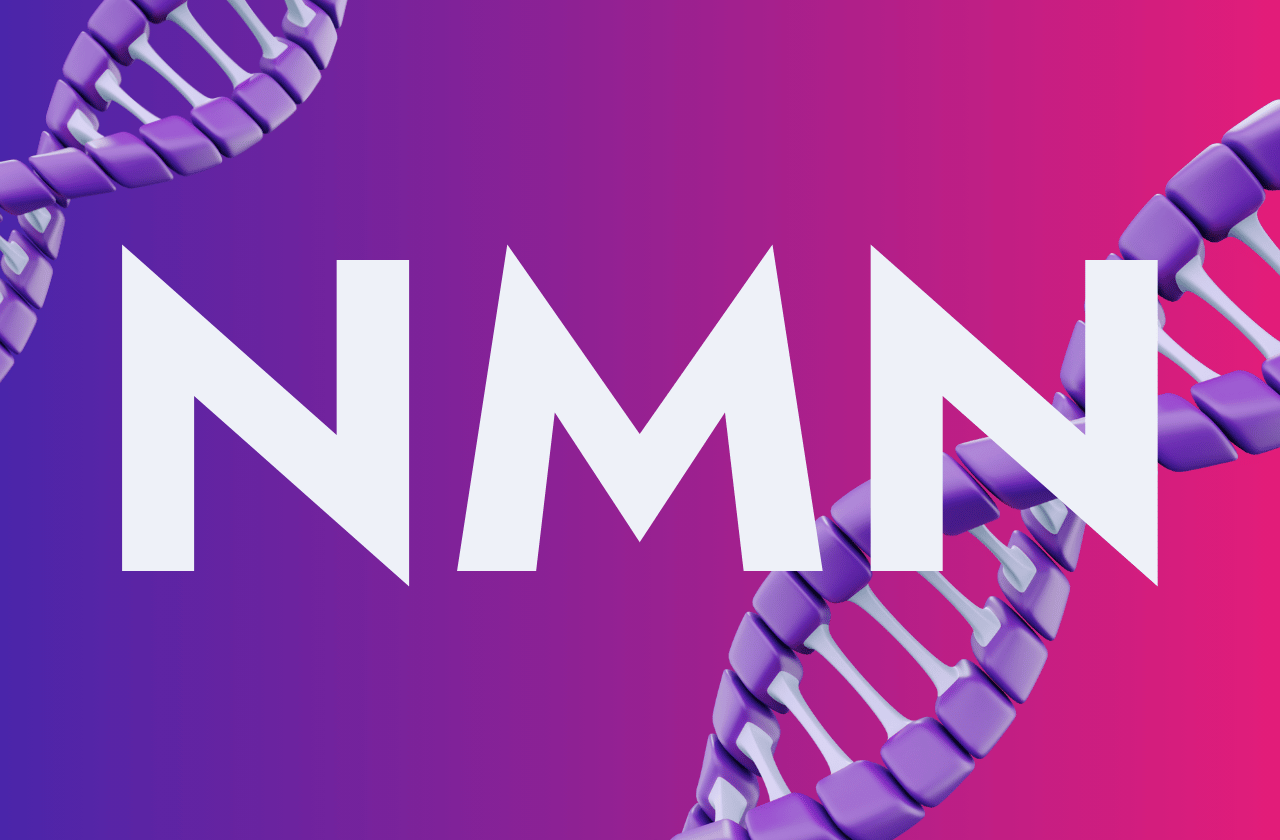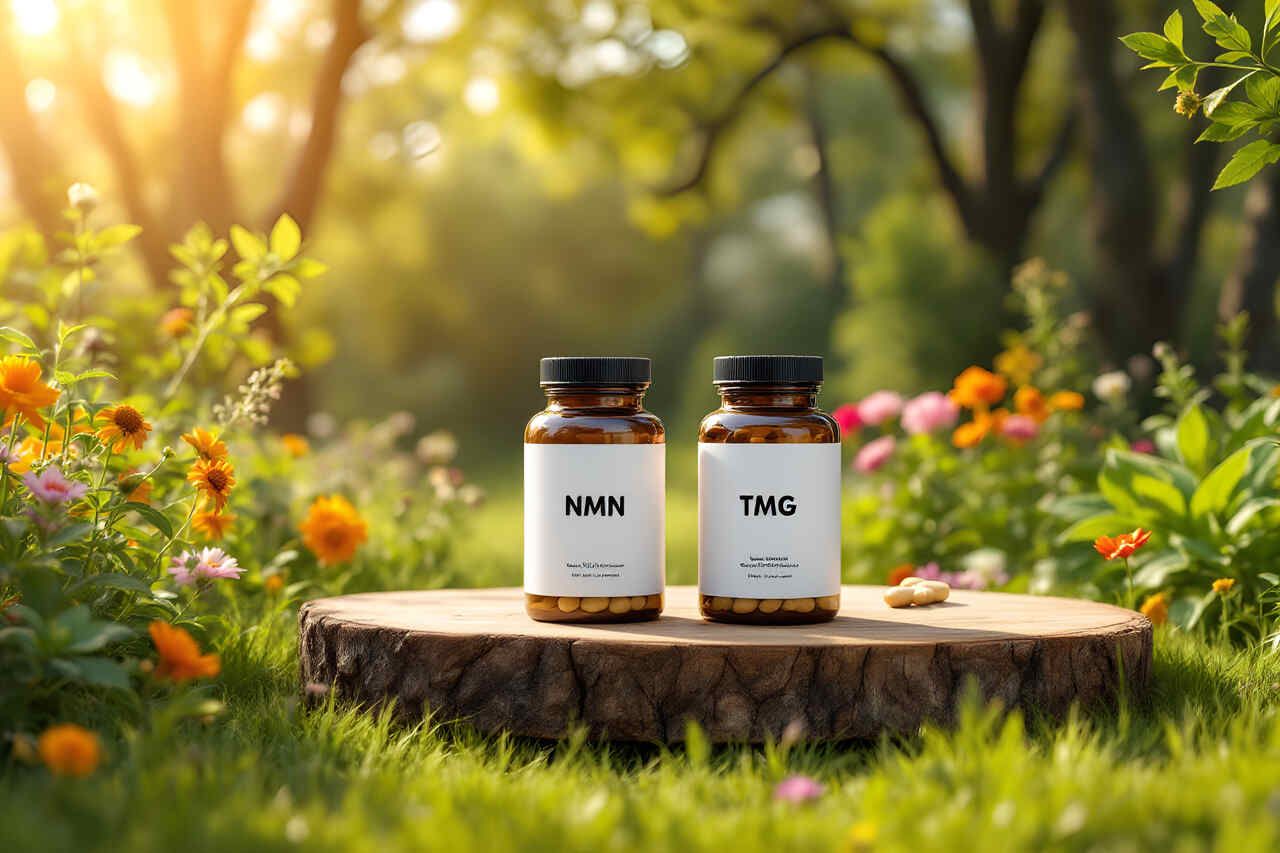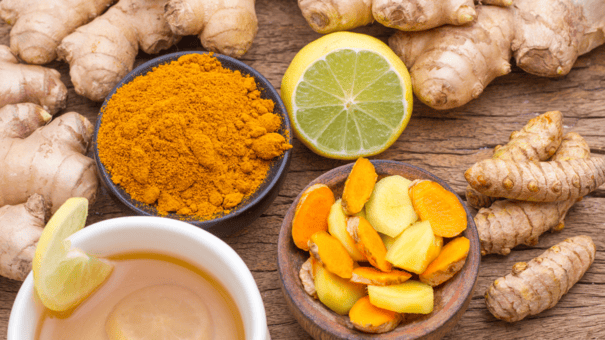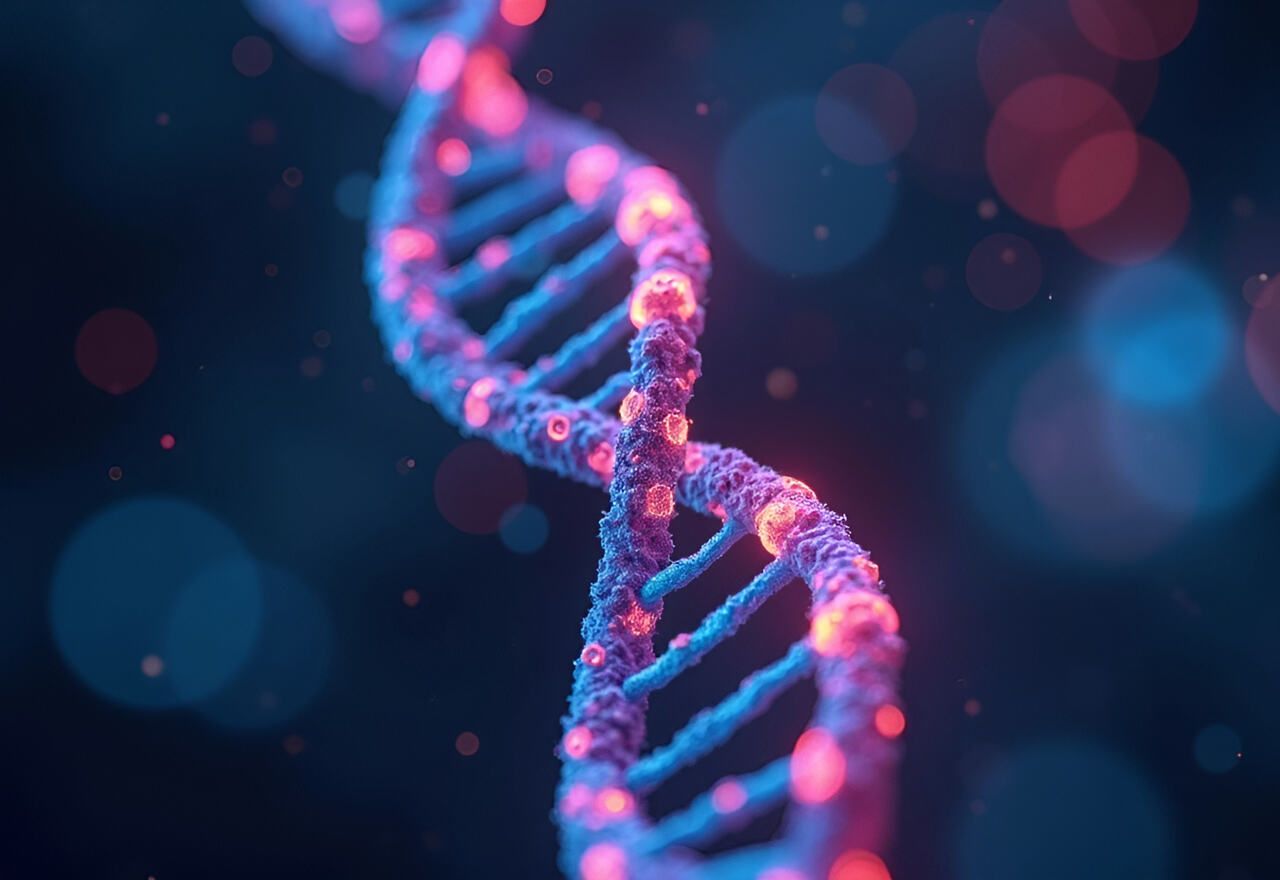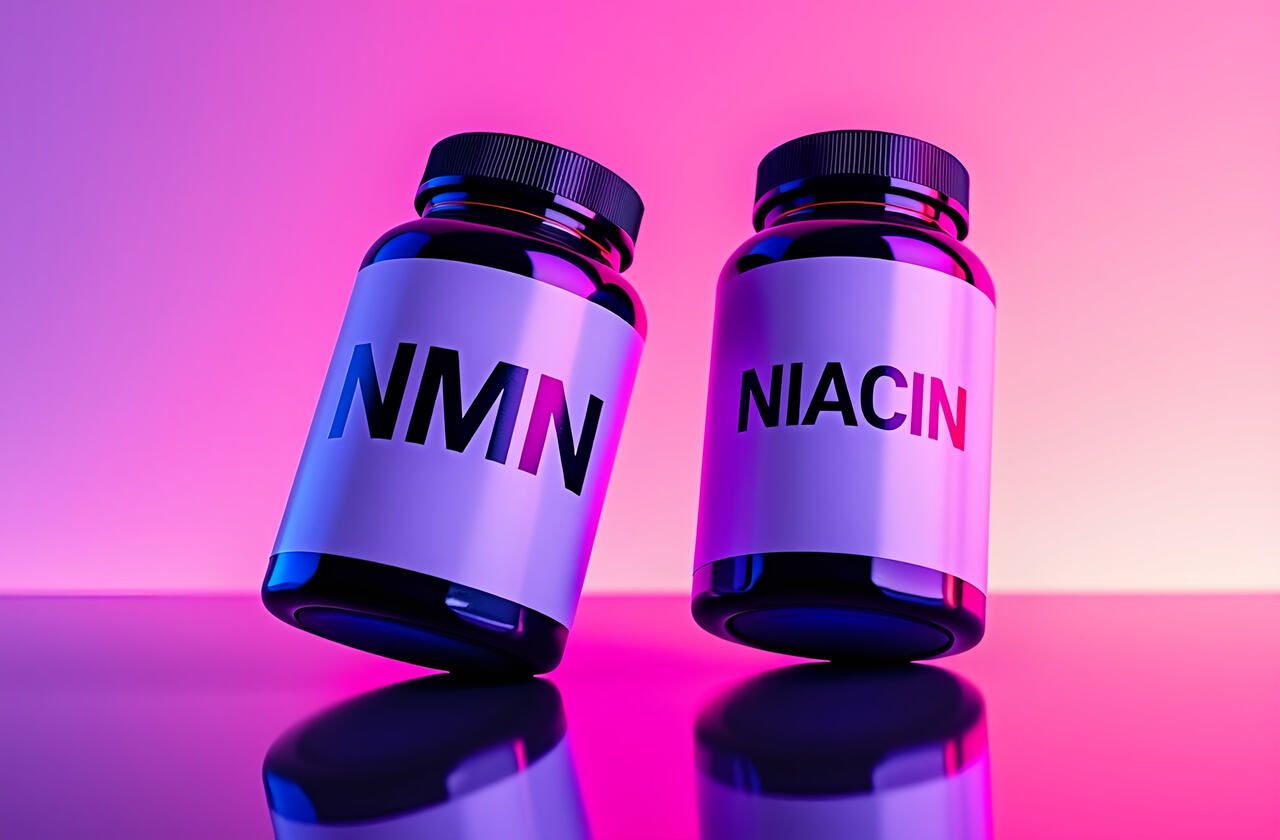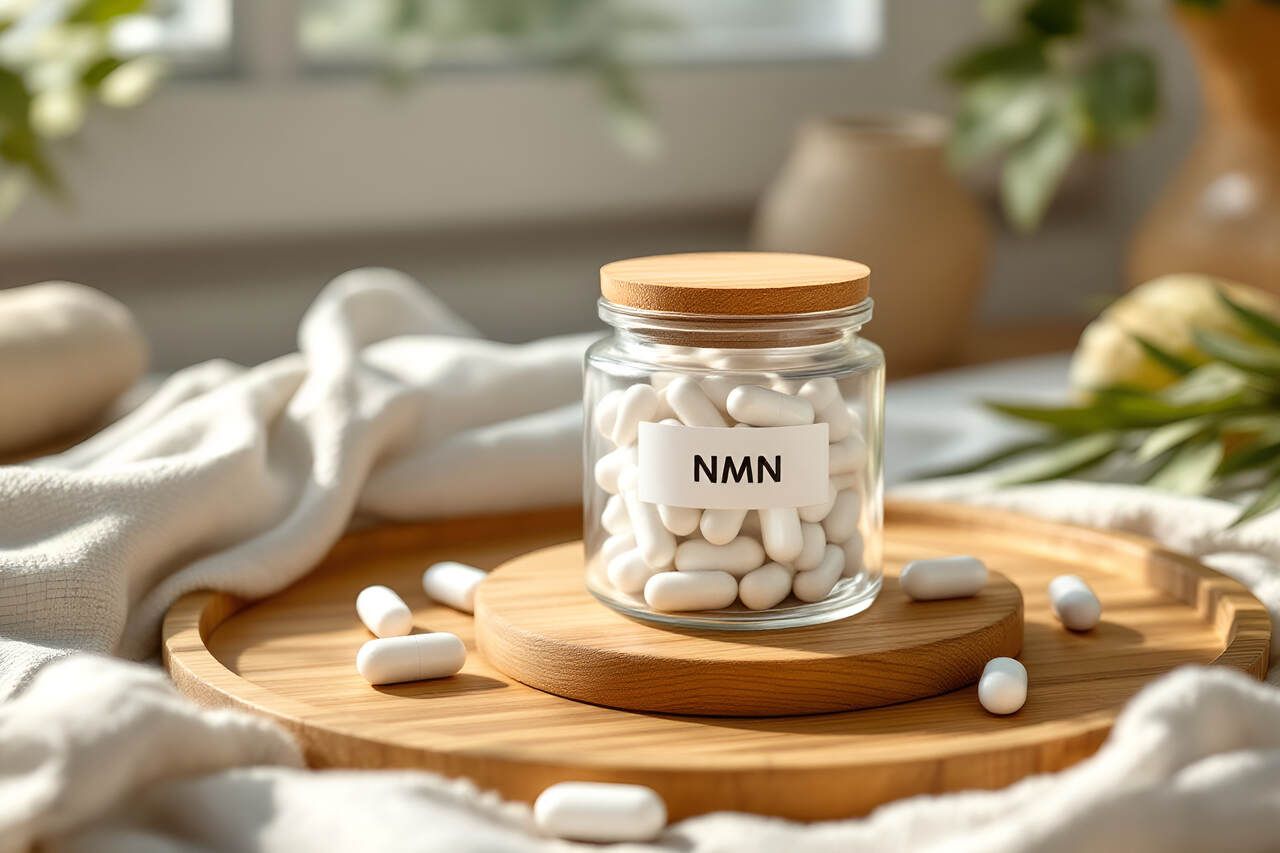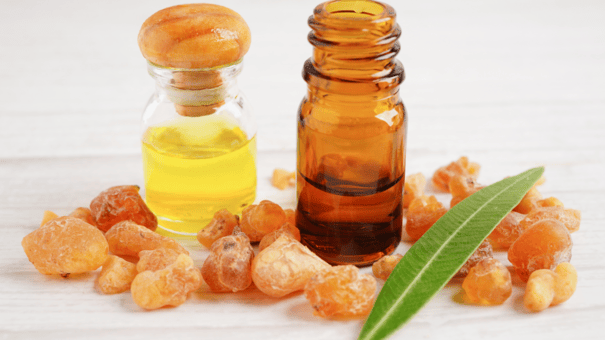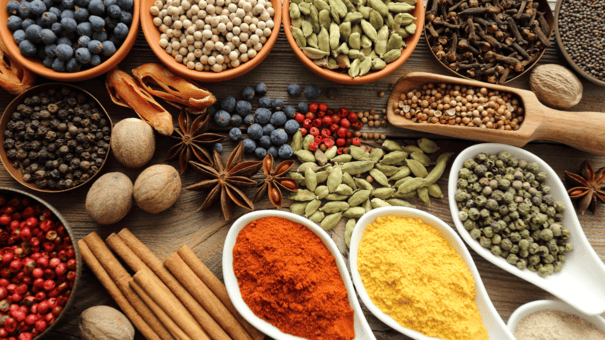NMN: Everything You Need to Know in 2025
As we get older, our bodies make less of something called NAD+, an important molecule that helps our cells stay healthy and make energy. NMN (short for nicotinamide mononucleotide) is a supplement that many people take to boost their NAD+ levels.
NMN has become popular in health and longevity research in 2025. Recent human studies show it might help with physical performance and metabolism. Some research even suggests it could slow down aging.
But what is NMN exactly? How does it work in your body? And is it something you should consider taking?
This guide covers everything from the science behind NMN to how much you might want to take, helping you decide if this supplement is right for you.
Key Takeaways
- NMN is a natural molecule that helps restore NAD+, an important coenzyme your body needs for energy and healthy cells. Your body makes less NAD+ as you get older.
- Recent studies on humans (2020-2025) suggest taking NMN supplements may help improve physical fitness, metabolism, heart health, and might slow down aging at the cellular level.
- Current research shows NMN is generally safe with few side effects, though pregnant women and those with medical conditions should consult their doctor before use.
What is NMN?
NMN is a molecule that naturally exists in all living cells and directly helps make nicotinamide adenine dinucleotide (NAD+), one of the body’s most essential coenzymes for energy production and cellular health.
Structurally, NMN is part of the nucleotide family—the same group of molecules that make up DNA and RNA (your genetic material).
Each NMN molecule has three main parts: a nicotinamide base, a ribose sugar, and a phosphate group.
In your cells, NMN quickly turns into NAD+, which powers several important cellular processes like:
- Energy production in mitochondria
- DNA repair mechanisms
- Gene expression regulation
- Cellular signaling pathways
As we get older, our natural NAD+ levels drop, which might contribute to various age-related conditions and metabolic problems.
Studies show that taking NMN supplements may help restore NAD+ levels, supporting cellular health and possibly slowing down some aspects of aging.
How NMN Works to Create NAD+
Your body makes NAD+ mainly through the “salvage pathway.” This is like a recycling system that turns nicotinamide (NAM) into NMN, which then becomes NAD+.
NMN creates a shortcut in NAD+ production by entering cells through a special doorway called the Slc12a8 transporter. This doorway is very active in your small intestine, which helps NMN get absorbed quickly into your bloodstream.
Once NMN gets inside your cells, it joins with ATP (your body’s energy molecule) to form NAD+. This joining happens because of an enzyme called NMNAT.
This process skips some of the slower steps in making NAD+, allowing it to increase your cellular NAD+ levels more efficiently than other precursors like nicotinamide riboside (NR).
The recent NAD World 3.0 hypothesis from 2025 has confirmed that mammal cells (including human cells) can directly absorb NMN through the Slc12a8 transporter1, making it an effective way to boost NAD+ levels in your body.

NMN’s Benefits: Recent Human Studies (2020-2025)
While animal research initially sparked interest in NMN, human clinical trials have really taken off in the last five years, giving us more relevant insights into how NMN works in the human body.
The main benefits of NMN supplements come from its ability to support healthy NAD+ levels, which naturally decline with age. Here are some of the latest findings on NMN from human clinical trials:
Physical Performance Benefits
- Amateur runners performed better in aerobic exercises2
- Older adults showed better muscle movement, walking speed, and grip strength3
- Middle-aged adults taking NMN could walk longer distances4
Metabolic Health and Insulin Sensitivity
- Women after menopause with prediabetes had 25% better insulin sensitivity in their muscles5
- NMN may help metabolize glucose and improve insulin response6
- NAD+ levels maintain energy balance and stress response, both vital for metabolic health7
Anti-Aging and Longevity
- Men between 45-60 years showed telomeres (protective caps on DNA) nearly twice as long after 90 days of treatment, suggesting NMN might slow aging at the cellular level8
- NMN raises cellular NAD+ levels in older adults, which is linked to higher energy levels and anti-aging effects9
- NMN supplements helped improve arterial stiffness in healthy middle-aged adults10
Other Notable Improvements
- Older men had improved hearing in their right ear11
- People reported feeling better overall based on quality of life surveys (SF-36)12
- Several markers of health improved in blood tests12
Overall, NMN shows real promise for improving metabolic health and preventing age-related physical decline. However, we still need more studies to fully understand how NMN works and optimize its use in clinical settings.
Is It Safe to Take NMN Supplements?
Current research shows that NMN supplements appear to be safe for most people when used for short periods. However, long-term safety data remains limited.
Several studies with human participants have found that NMN causes no harmful side effects in the short term:
- One study showed amateur runners could take up to 1,200 mg daily for 6 weeks with no health problems14
- Another rigorously controlled study found that taking 900 mg daily for 8 weeks was safe with no concerning side effects15
- The same study showed that even higher doses of 2,000 mg daily were taken for up to 2 weeks without problems
- A Japanese study of healthy men taking 100, 250, or 500 mg of NMN found no concerning symptoms or changes in important health markers like heart rate, blood pressure, or body temperature16
In 2018, an FDA panel classified NMN as GRAS (Generally Recognized As Safe), which means it can legally be used as a food additive.
Some scientists worry that NMN might reduce important compounds called methyl groups in your body. Because of this concern, experts like Dr. David Sinclair take another supplement called TMG (trimethylglycine) alongside NMN as a precaution. However, research hasn’t yet proven whether this is necessary.
Supplement Safety Note
Supplements receive minimal FDA regulation and may not be safe for everyone. They can interact with medications and other supplements. Always consult your doctor before starting any supplement regimen.
Potential Side Effects of NMN
When taking NMN supplements, some people report minor side effects.
The most common ones include:
- Stomach problems like nausea or discomfort
- Headaches and feeling dizzy
- Feeling tired
Less commonly, some people notice skin reactions or have trouble sleeping.
Natural Sources of NMN
NMN is found naturally in some foods, but only in small amounts. The best plant sources include edamame (soybeans), broccoli, cabbage, cucumber, and avocado.
You can also find small amounts in some animal foods like beef and raw salmon. However, these food sources don’t provide enough NMN to make a real difference in your body.
For example, edamame, which has one of the highest NMN levels, contains only about 1.88 mg per 100 grams. Compare this to scientific studies, which typically use between 250 mg and 1,250 mg of NMN daily.
To get the same amount of NMN used in research, you would need to eat impossible amounts of these foods. Plus, cooking or processing these foods can break down the NMN they contain, making even less available to your body.

NMN Dosage Guidelines: How Much Should You Take?
Based on current research and expert recommendations, NMN supplementation dosages follow three primary tiers:
- For beginners and healthy middle-aged adults, starting with 250 mg daily provides basic support with noticeable improvements in mood, focus, and energy levels.
- Most adults take between 500-750 mg daily, with 500 mg working well for people between 30-60 years old. If you’re over 65, you might benefit from taking up to 750 mg each day.
- Some older adults and athletes might need more NMN, around 1000-1200 mg daily. This higher dose can provide maximum benefits, but doctors recommend taking no more than 1200 mg per day or more than 600 mg at once.
Studies show NMN is safe at doses up to 900 mg daily. Taking your dose at different times throughout the day might work better than all at once.
To choose the best NMN supplement, look for products that:
- Are at least 98% pure
- Have been tested by independent labs
- Contain no unnecessary fillers
Always talk to your doctor before starting any new supplement, especially if you take medications or have health conditions.
Who Should Not Take NMN?
NMN may help with healthy aging, but it’s not right for everyone.
Check with your doctor before taking NMN if you:
- Are pregnant or breastfeeding, as we don’t know enough about how safe it is during these times
- Are getting cancer treatment, because NMN might affect how cancer cells behave
- Have an autoimmune disease, since NMN could change how your immune system works
- Take medications that affect your body’s NAD+ levels
- Have had serious allergic reactions to supplements before
- Are under 18 years old
- Have serious liver or kidney problems
Your doctor can help you decide if NMN supplements are safe for you.
NMN vs NR (Nicotinamide Riboside)
NMN and NR are both supplements that help your body make NAD+. The main difference is that NMN is one step closer to becoming NAD+ in your body. When you take NR, your body must first convert it to NMN, and then to NAD+.
Some studies suggest this might make NMN work better, but both supplements have been shown to increase NAD+ levels. How well each supplement works for you may depend on your age, metabolism, and overall health.
Is NMN Right for You?
Research on NMN is still growing. This supplement shows promise in supporting healthy aging by boosting NAD+ levels in the body. While it won’t make you young again, studies suggest NMN may help improve physical energy, metabolism, and cellular health.
Like all supplements, results will vary from person to person. Be sure to talk with your doctor before starting NMN, especially if you have existing health conditions. With the right dose and realistic goals, NMN might be a useful part of your health strategy as you grow older.
FAQs
Does NMN reverse aging?
Research shows NMN may help slow down some age-related changes, but it’s not a fountain of youth. It’s better to view NMN as a tool that supports your body’s natural health as you age.
Is NMN just vitamin B3?
No, NMN is not simply vitamin B3. While it contains parts of vitamin B3 (nicotinamide), NMN is a more complex molecule that also includes a sugar (ribose) and a phosphate group. This special structure makes NMN a direct building block for NAD+, which means it works differently in your body than regular vitamin B3 supplements.
Can I take NMN and resveratrol together?
Yes, many people take NMN and resveratrol together. They work together in a helpful way: NMN increases NAD+ levels, while resveratrol activates proteins called sirtuins that need NAD+ to function properly. Researcher David Sinclair has made this combination popular by including both in his daily supplement routine.
Does NMN need to be sublingual?
Most research showing NMN benefits has used regular oral supplements (capsules or powder that you swallow), not sublingual forms (dissolved under the tongue). While some people prefer sublingual NMN, there’s no strong evidence that it’s necessary for NMN to work effectively.
Should NMN be stored in the refrigerator?
NMN generally stays stable at room temperature when properly packaged. However, keeping it in the refrigerator may help it stay potent longer, especially powder forms. Check your product’s label for specific storage recommendations, as different brands may have different requirements.
Can I take NMN with caffeine?
There are no known problems with taking NMN and caffeine together. Some users say the combination gives them better energy and focus, though this is based on personal experience rather than scientific studies. If you’re sensitive to caffeine, you might want to take NMN at a different time to better understand how each affects you.
How long does it take to feel NMN’s effects?
This varies from person to person. Some people notice more energy and mental clarity within days, while others might take weeks to see benefits.
What happens if I stop taking NMN?
You won’t experience withdrawal if you stop taking NMN. Your body will continue making NAD+ naturally, though levels may gradually return to what they were before. Any improvements you noticed while taking NMN may slowly decrease over time without continued use.
Is NMN toxic to the liver?
Research studies haven’t shown any liver damage from taking recommended doses of NMN. Safety studies that check liver function have shown that NMN is generally well-tolerated in doses up to 1250 mg daily. However, if you have existing liver problems, you should talk to your doctor before starting any new supplement.
Does NMN increase testosterone?
Research shows NAD+ may work with sirtuin proteins to support testosterone production. NMN helps create NAD+ in the body, which could support this process, though human studies are needed to confirm its effects on testosterone. For an in-depth overview, see our full article on NMN and testosterone.
Referenced Sources
- https://www.nature.com/articles/s41514-025-00192-6 ↩︎
- https://pubmed.ncbi.nlm.nih.gov/34238308/ ↩︎
- https://pmc.ncbi.nlm.nih.gov/articles/PMC9158788/ ↩︎
- https://pmc.ncbi.nlm.nih.gov/articles/PMC9735188/ ↩︎
- https://pmc.ncbi.nlm.nih.gov/articles/PMC8550608/ ↩︎
- https://www.nature.com/articles/s41392-021-00723-z ↩︎
- https://apcz.umk.pl/QS/article/view/53437 ↩︎
- https://www.frontiersin.org/journals/nutrition/articles/10.3389/fnut.2021.756243/full ↩︎
- https://pmc.ncbi.nlm.nih.gov/articles/PMC9261366/ ↩︎
- https://www.nature.com/articles/s41598-023-29787-3 ↩︎
- https://www.nature.com/articles/s41514-022-00084-z ↩︎
- https://www.frontiersin.org/journals/pharmacology/articles/10.3389/fphar.2024.1436597/full ↩︎
- https://www.frontiersin.org/journals/pharmacology/articles/10.3389/fphar.2024.1436597/full ↩︎
- https://www.tandfonline.com/doi/full/10.1186/s12970-021-00442-4 ↩︎
- https://pubmed.ncbi.nlm.nih.gov/36482258/ ↩︎
- https://pubmed.ncbi.nlm.nih.gov/38191197/ ↩︎
